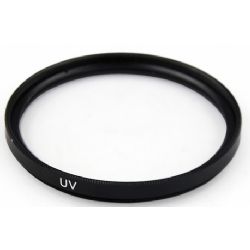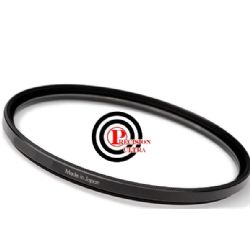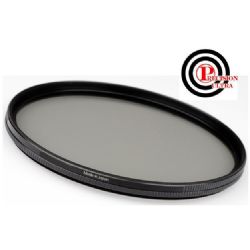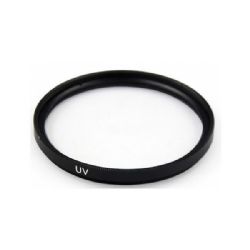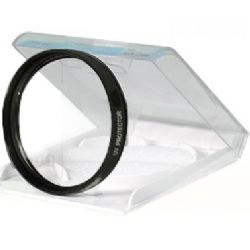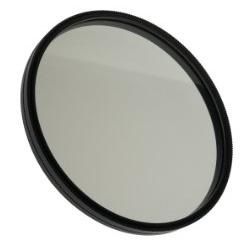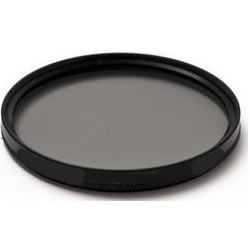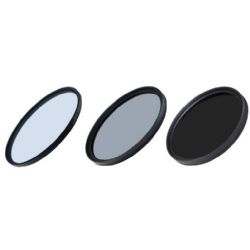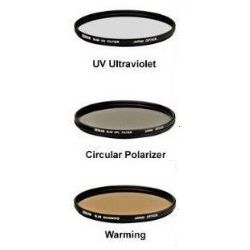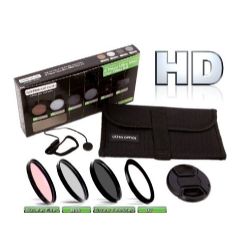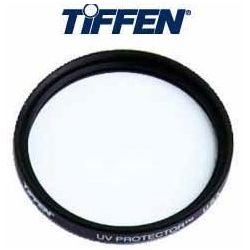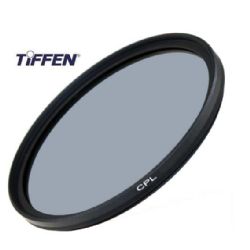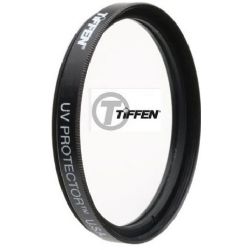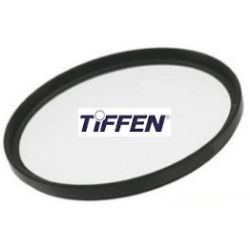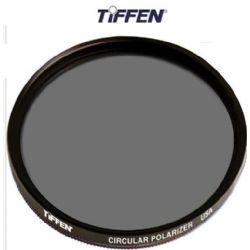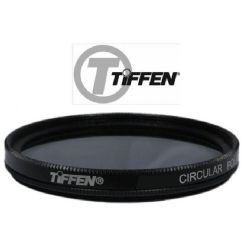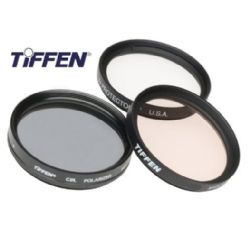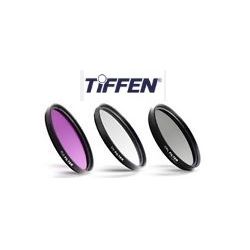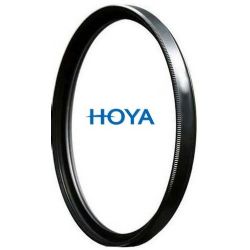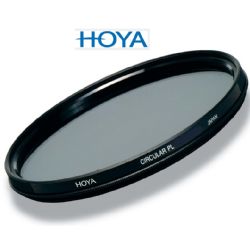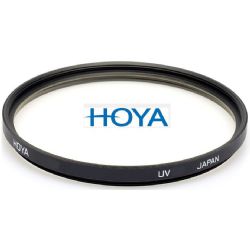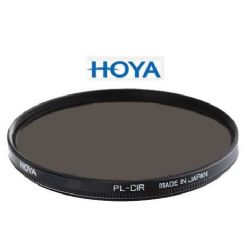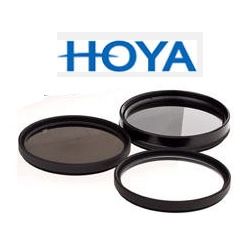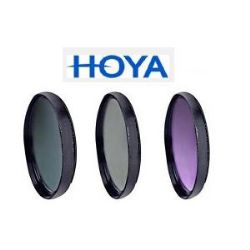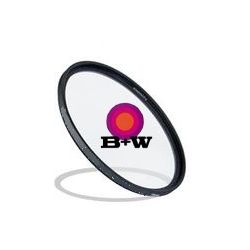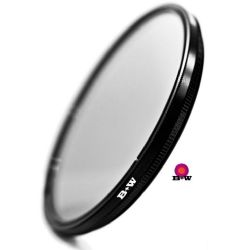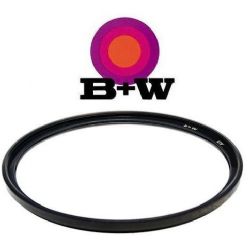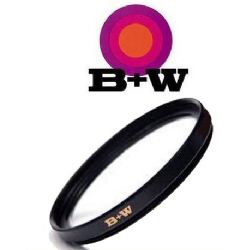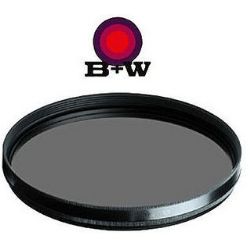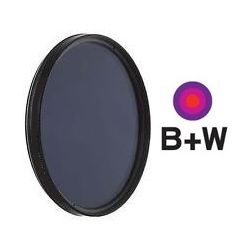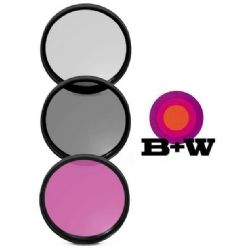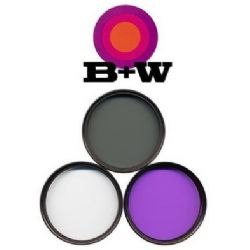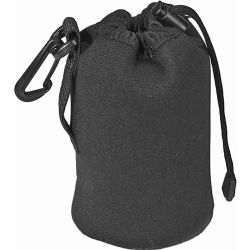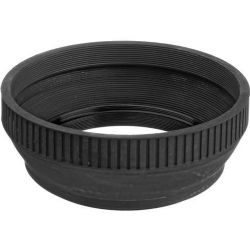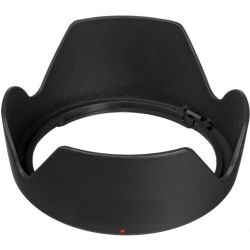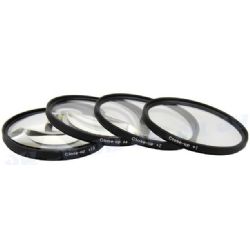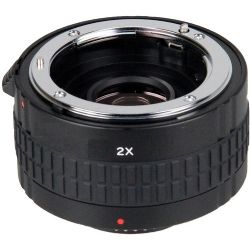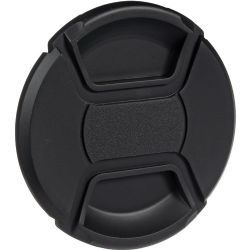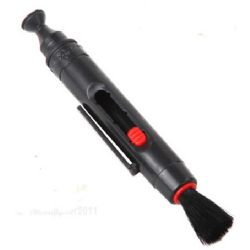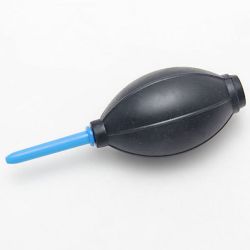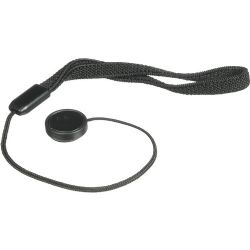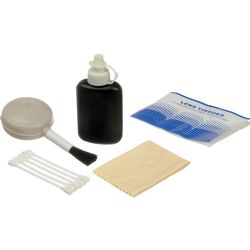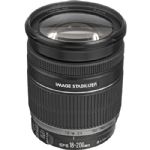



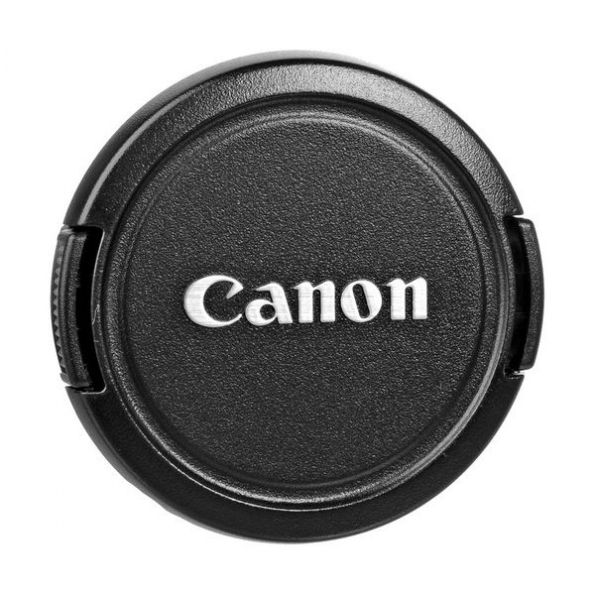
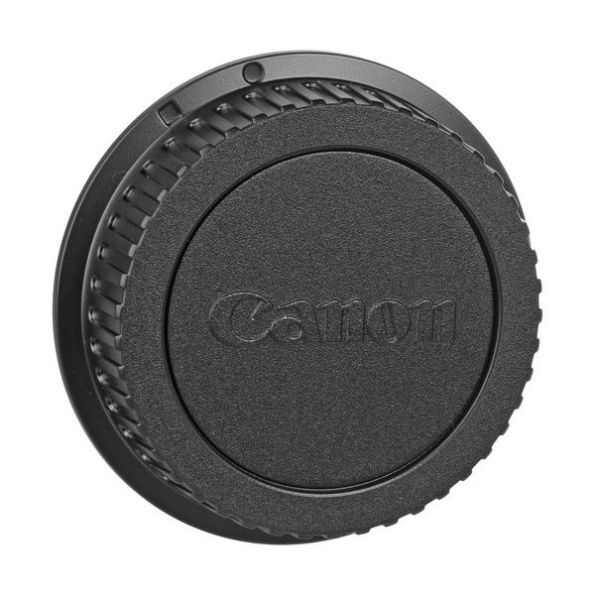



Canon EF-S 18-200mm f/3.5-5.6 IS Lens
$639.00
$699.00
You Save: $60.00 (9%)
In Stock
Ships in 1-2 Business Days
Item: 278216
Manufacture: Canon
Condition: New
Extended Warranty Protection Plans
Filters & Filter Kits
Pouches & Cases
Assorted Hoods
Extenders, Converters, Close Up Accessories
Caps & Lens Holders
Lens Cleaning & Care
The 18-200mm, like all ''vacation lenses,'' must make concessions to balance optical performance, weight and price. In this regard the Canon lens is not immune. Our copy of the Canon 18-200mm ƒ/3.5-5.6 IS seemed to be very slightly out of alignment, with the effect most noticeable at 18mm (the sharpest region is at the bottom of the frame rather than the center).
Set to 18mm, wide-angle performance is good wide open at ƒ/3.5 (sharp in the center, mdoerately soft in the corners), becoming excellent as you stop down to ƒ/5.6, where it is essentially sharp across the frame. Diffraction limiting begins to set it at ƒ/8, though it doesn't impact on sharpness until ƒ/16; even at ƒ/16, we're seeing only 2 blur units across the frame. Using the ƒ/22 aperture setting produces a softer image, at 3 units across the frame.
We've certainly seen a lot worse, but if we have to pick on anything in this lens it would be its slightly-soft corners when used at its widest apertures. This softness is present at focal lengths below 80mm, where we are seeing upwards of 4-6 blur units in the corners. Still, the central portion of the frame is remarkably sharp, around 1.5 blur units at pretty much any combination of focal length and aperture. Stopped down to ƒ/5.6-ƒ/8, and the corners become much sharper.
At its smallest apertures (ƒ/22-36) image quality suffers above ƒ/22; Canon seems to have included smaller apertures when the lens is zoomed out because they can. However, diffraction limiting takes a large toll on image sharpness, where we see 4-6 blur units across the frame at these small apertures.
As is typical of ''vacation'' lenses, the 18-200mm must be stopped down to achieve optimal performance, however, instead of the usual ƒ/8 benchmark the 18-200mm does well at ƒ/5.6 pretty much across the lens' range of focal lengths. At telephoto settings (>135mm) you'll see the lens' best performances at ƒ/8 or ƒ/11.
Chromatic Aberration
The lens' resistance to chromatic aberration isn't anything to write home about, but given the price point and other features packed into it, it's not bad, either. The lens is optimized in the mid-range of its focal lengths (50-80mm), where it shows low CA throughout the frame (~3/100ths of a percent of frame height) and only slightly more in the corners (~5/100ths).
As is typical of wide-angle lenses, CA is exacerbated in the corners of the image when used at wide-angle settings (18mm), where we see increasing amounts of CA as the lens is stopped down (3-6/100ths of a percent of frame height throughout, 7-9/100ths of a percent in the corners). CA performance is fairly constant between 135mm and 200mm, just slightly worse than the midrange, but better than wide-angle performance.
| Image Circle | APS-C |
|---|---|
| Type | Standard Zoom |
| Focal Length | 18 - 200mm |
| APS Equivalent | 29 - 320mm |
| Max Aperture | f/3.5 - 5.6 |
| Min Aperture | f/22 |
| Diaphragm Blades | 6 (rounded) |
| Lens Construction | 16 elements in 12 groups, including 2 UD and 2 aspherical elements |
| Diagonal Angle of View | 74.3 to 7.8 degrees |
| Focus Details | Gear-driven by DC monitor; AF/MF switch |
| Front Element Rotation | No |
| Zoom System | Rotary |
| Closest Focus | 0.45m / 1.48 ft. |
| Magnification Ratio | 0.24x / 1:4.2 |
| Filter Size | 72mm |
• E-72 II 72mm Lens Cap
• Lens Dust Cap E (Rear)
• Brand New Factory Fresh Import Model




